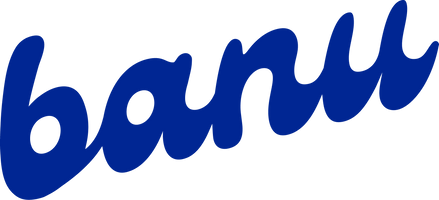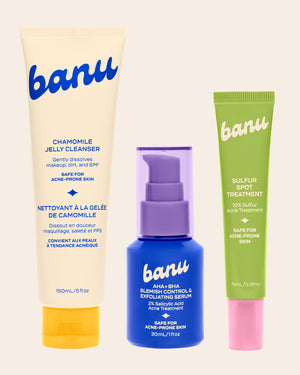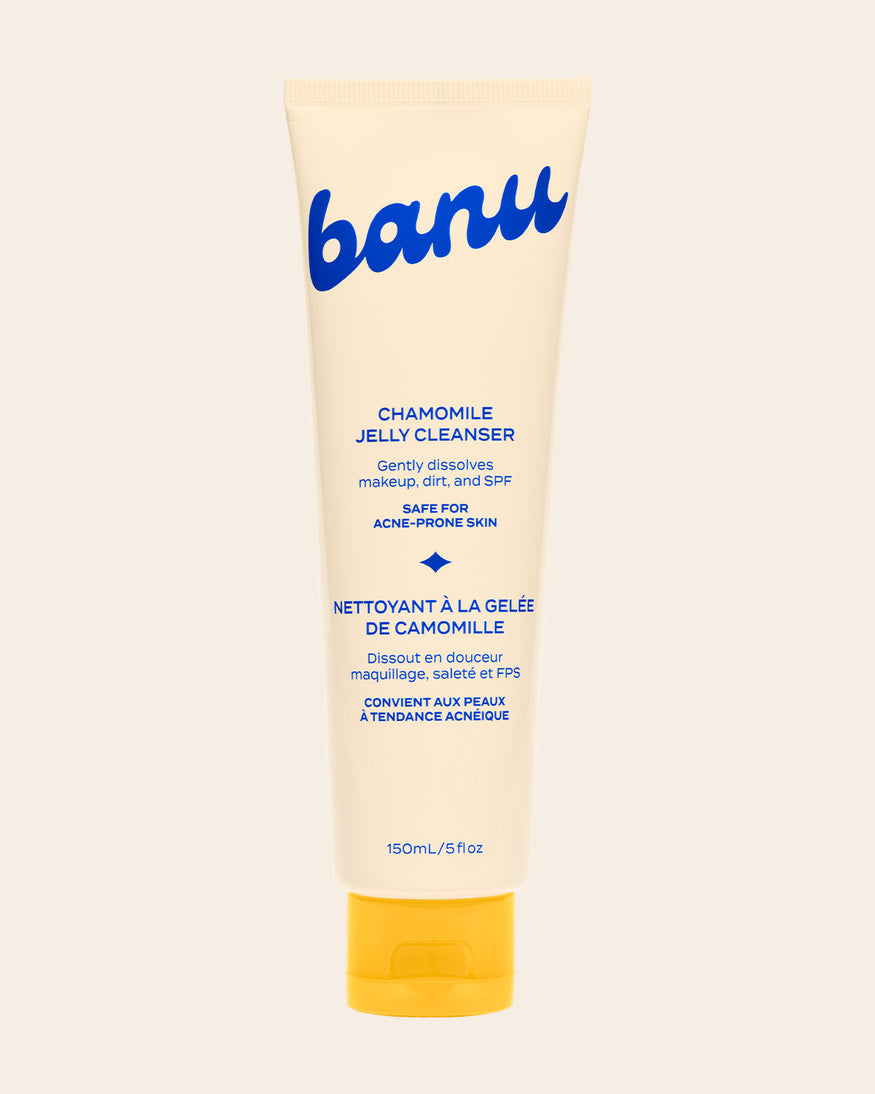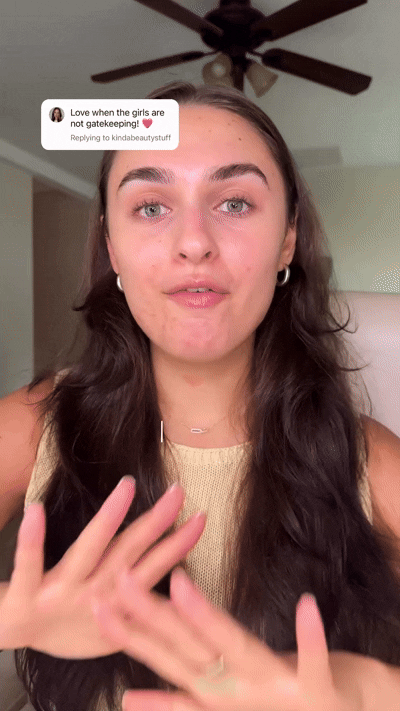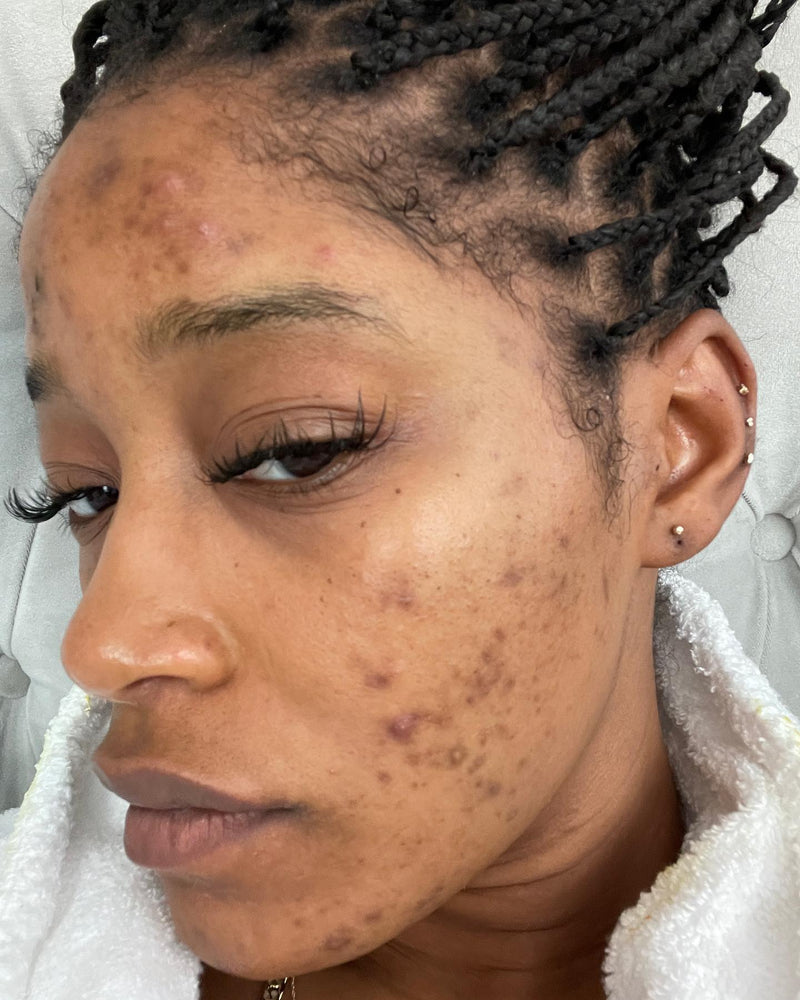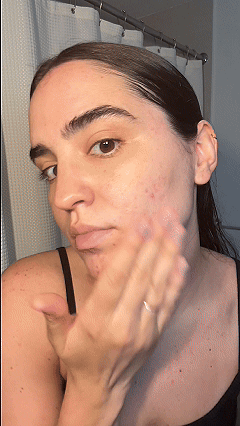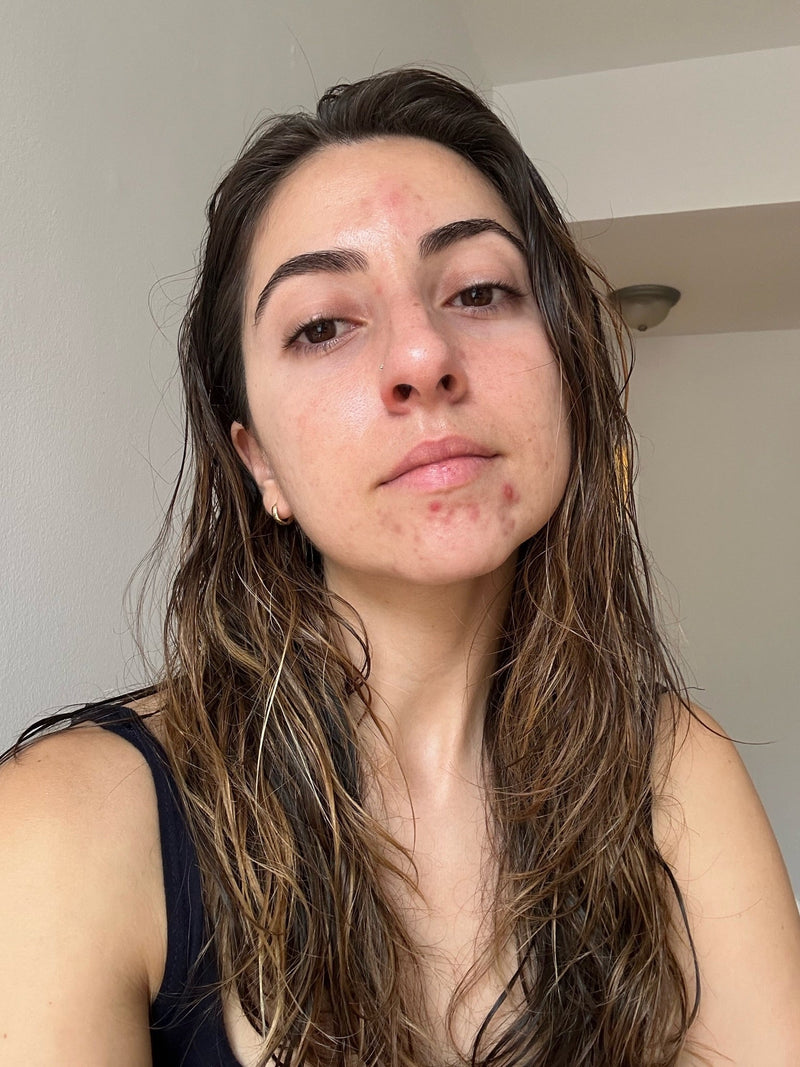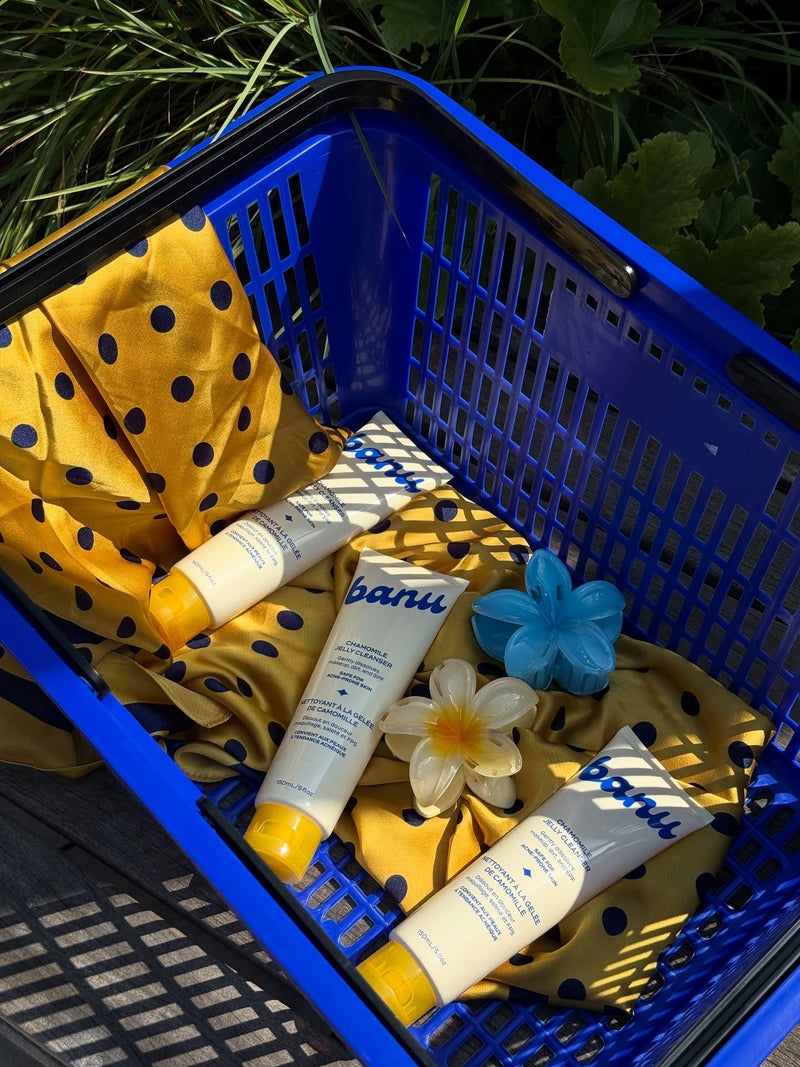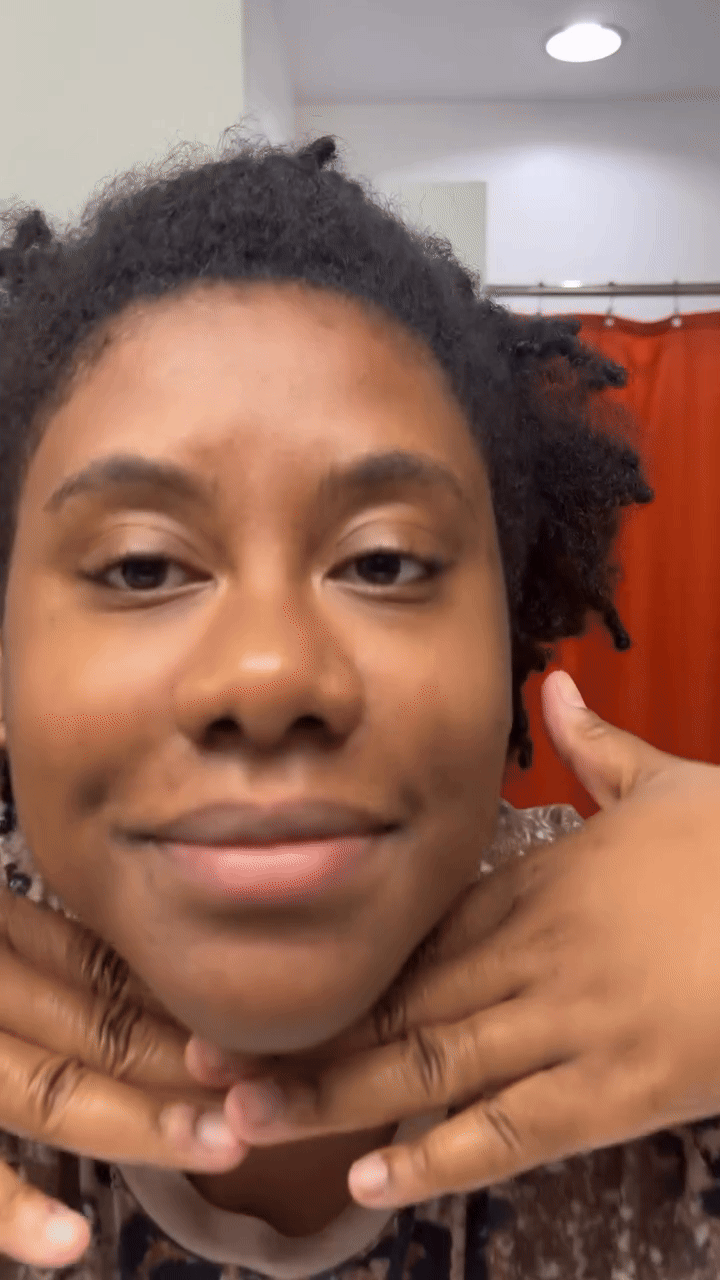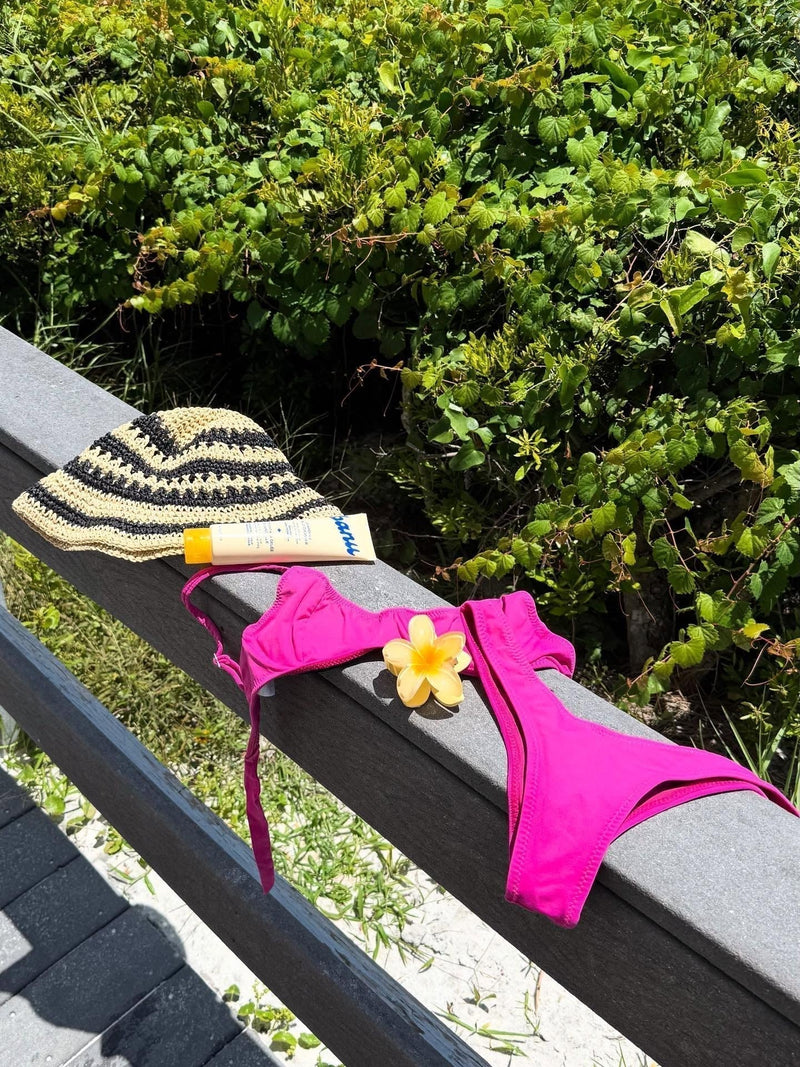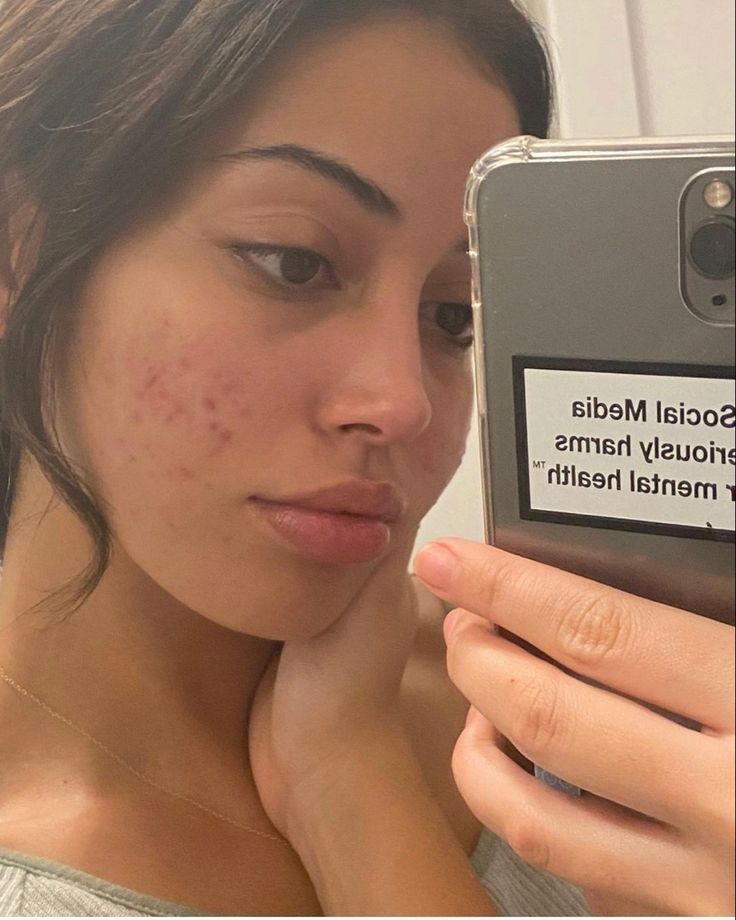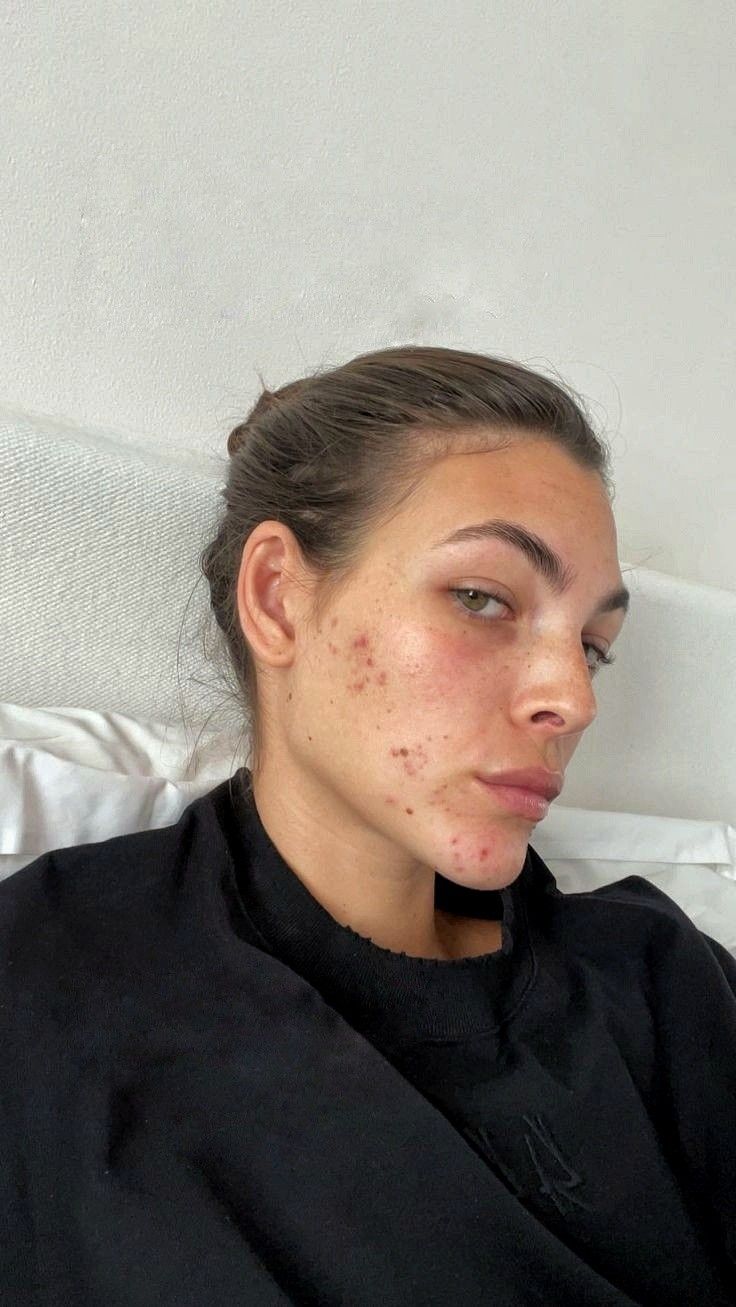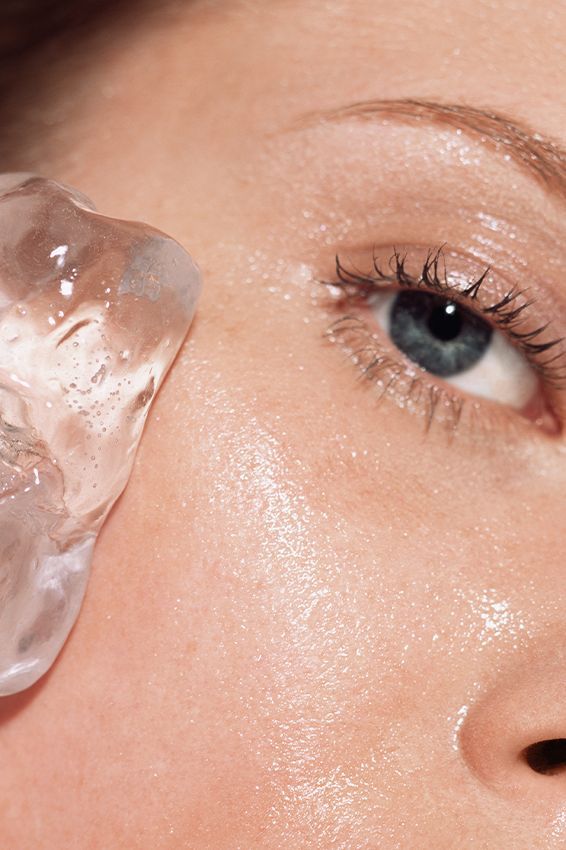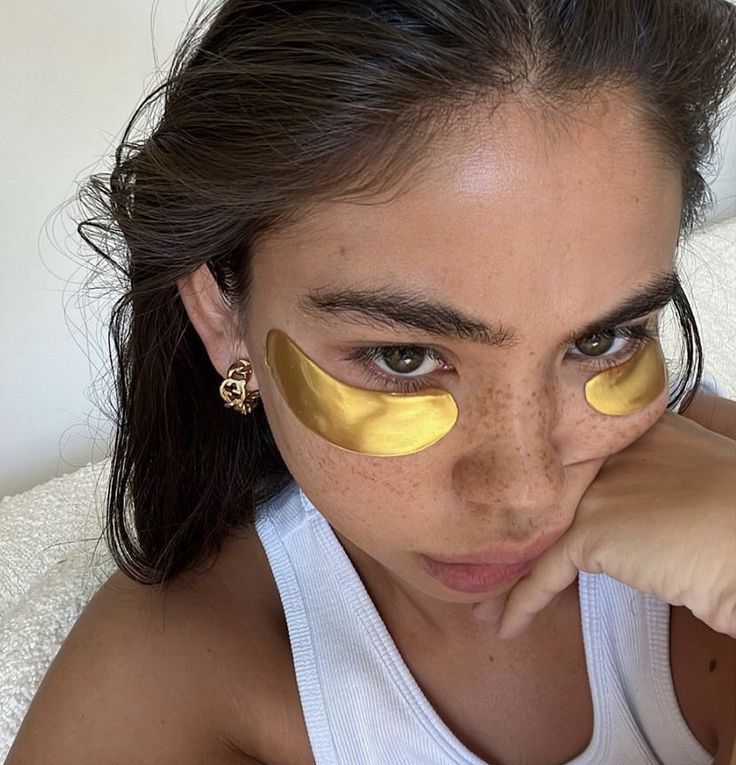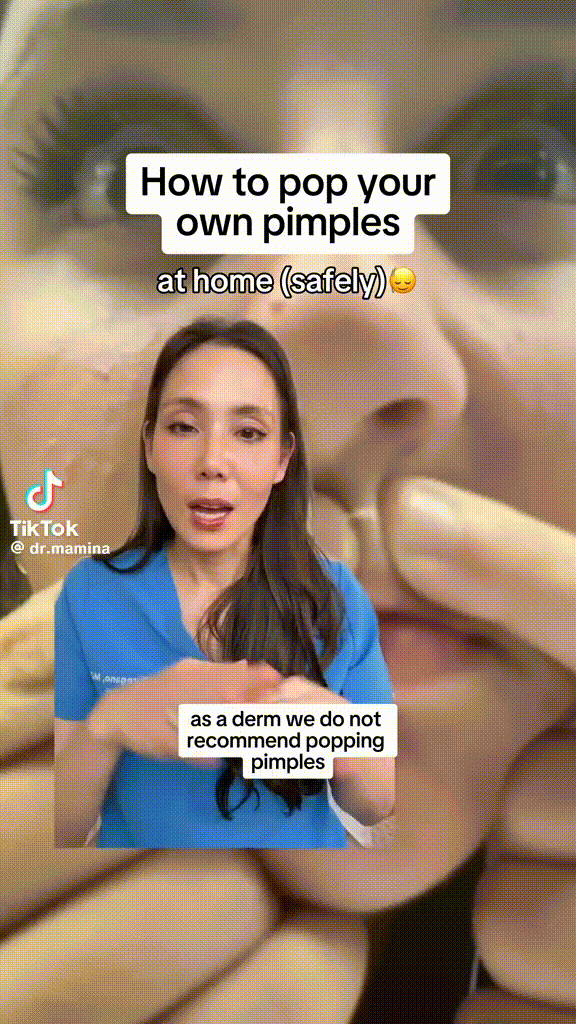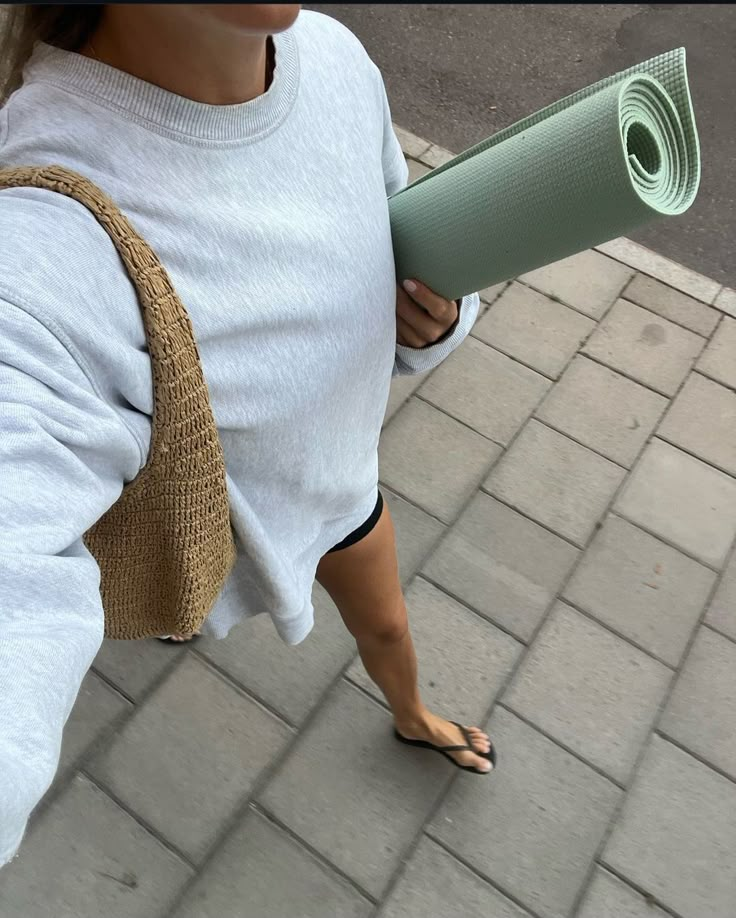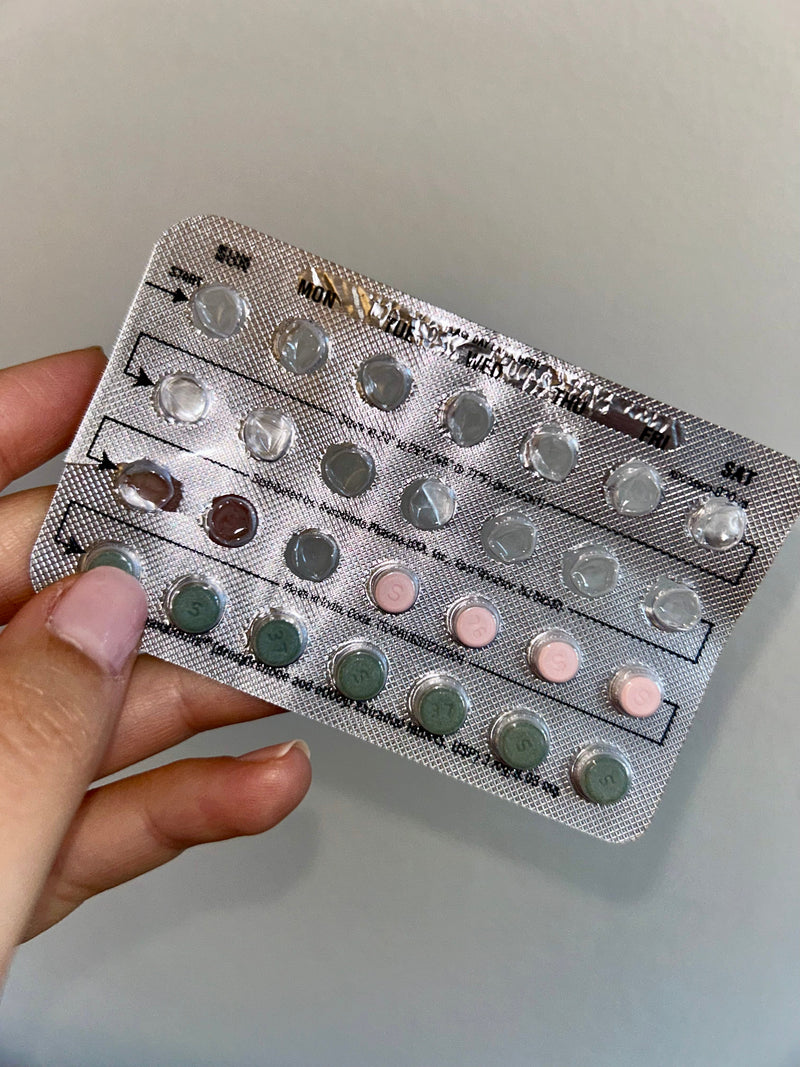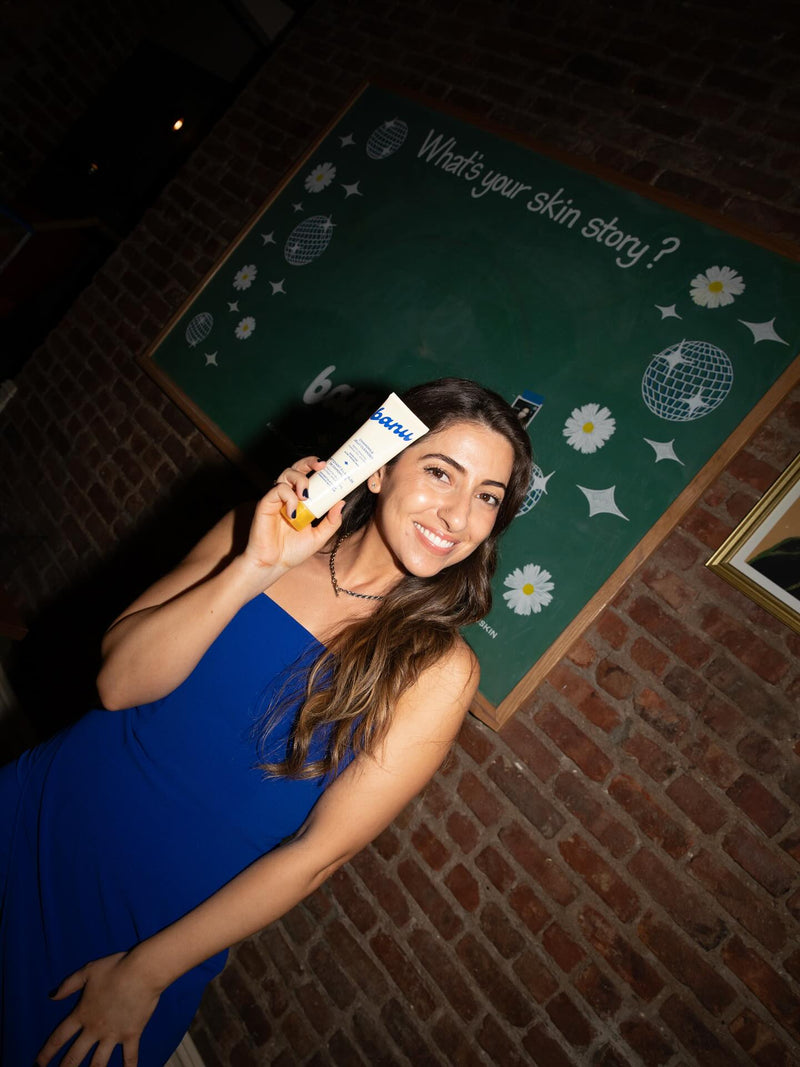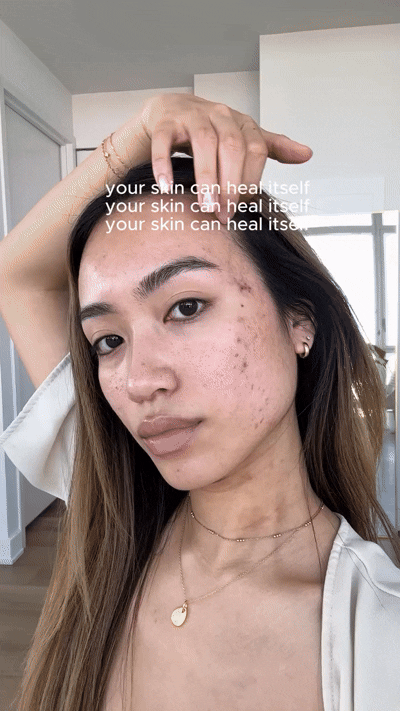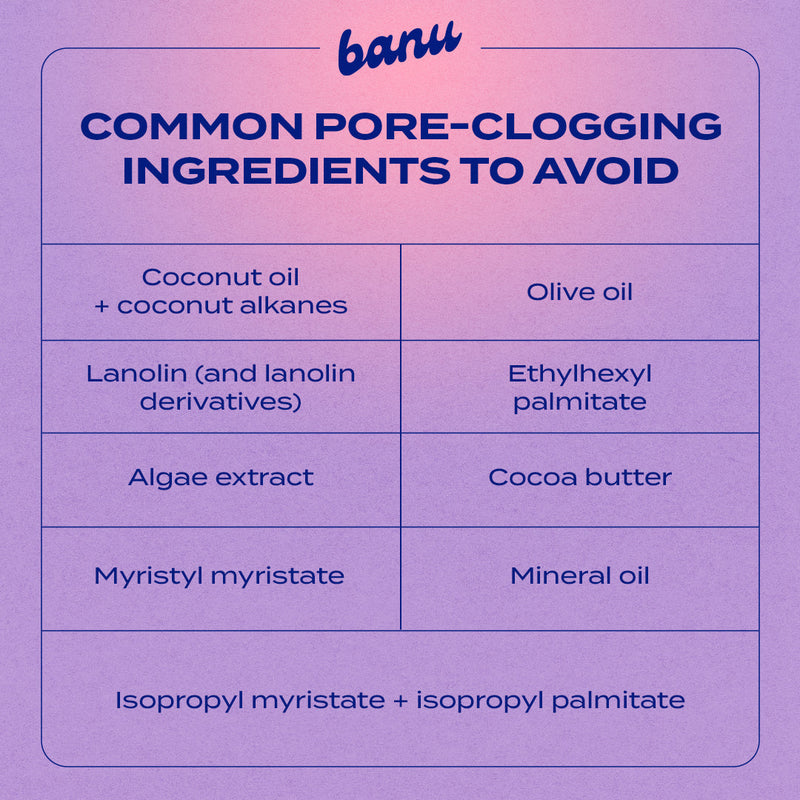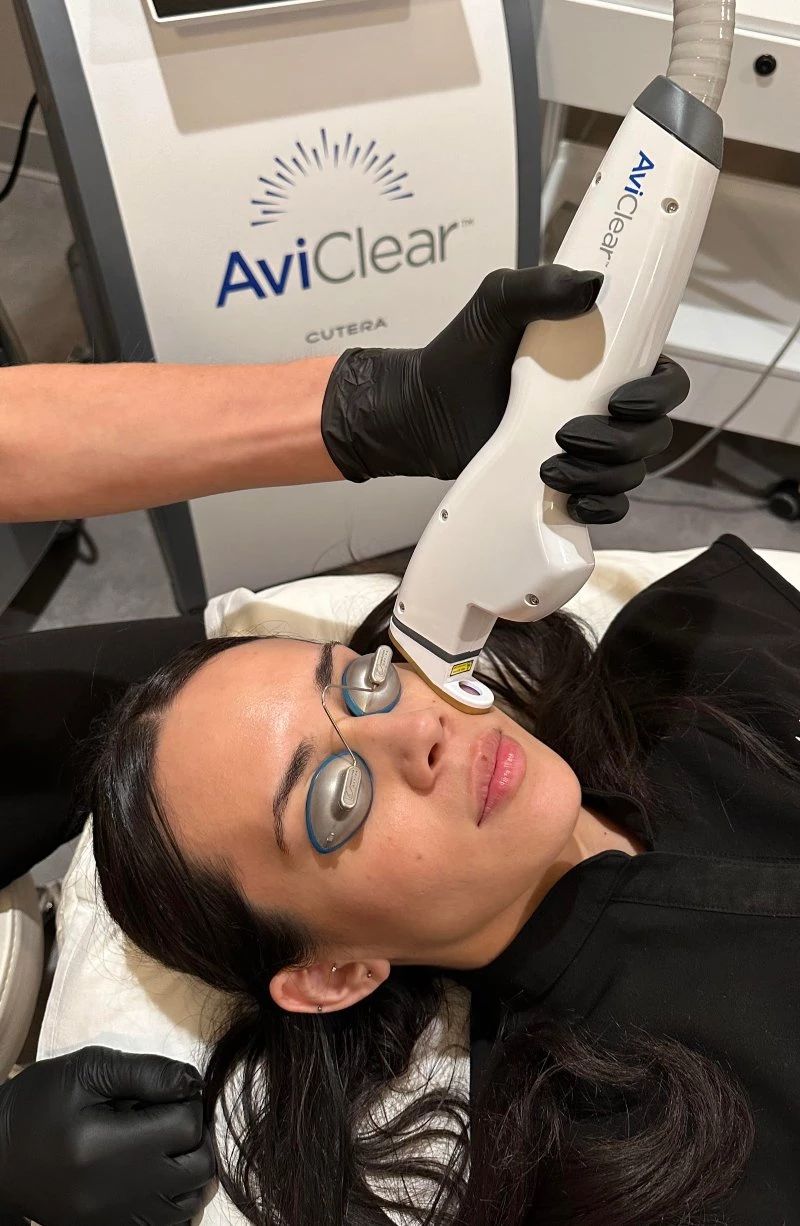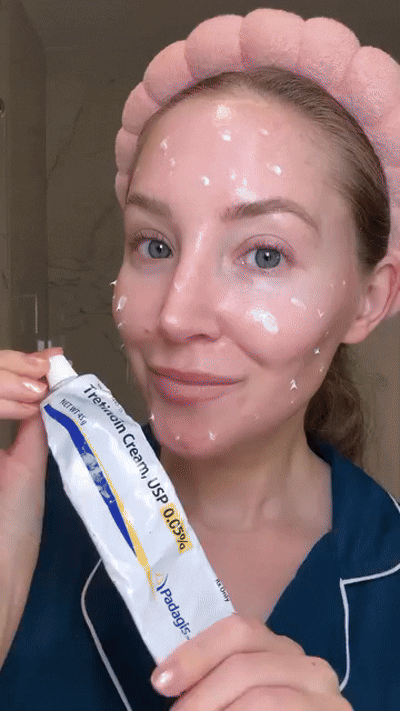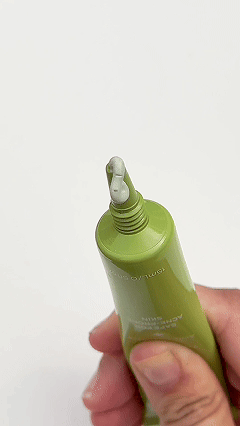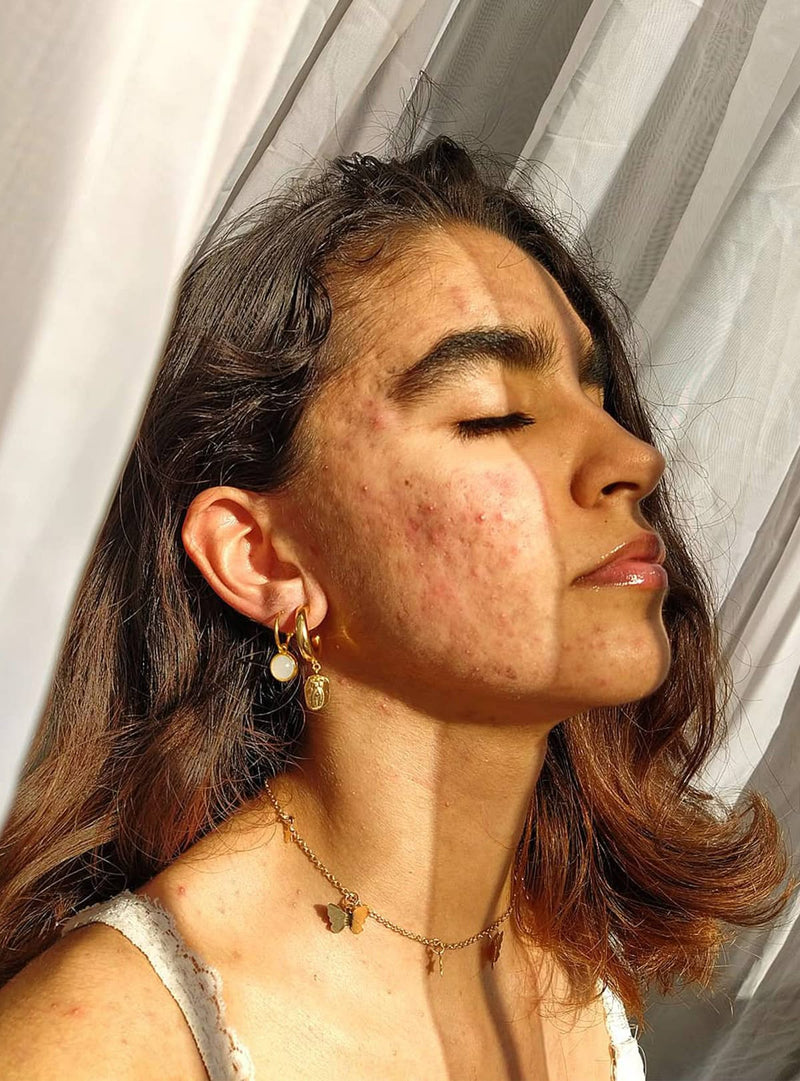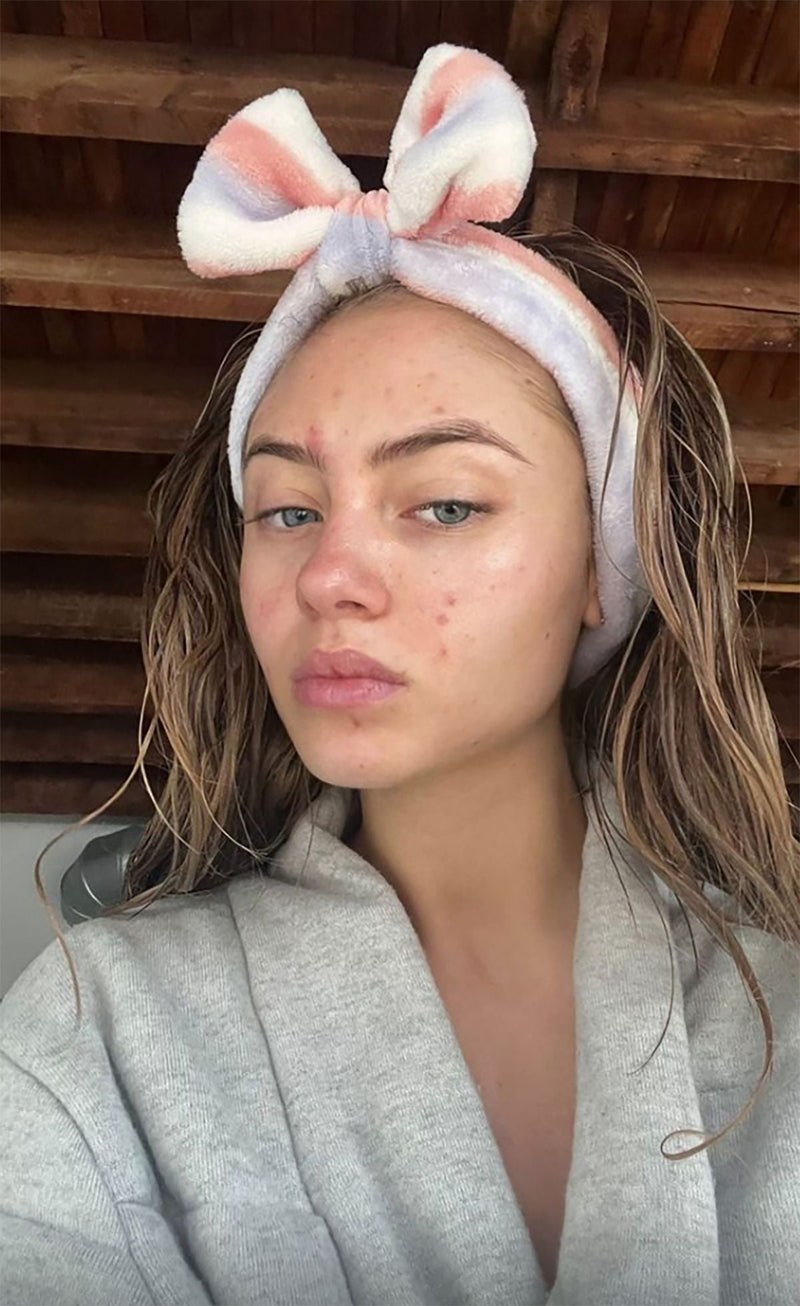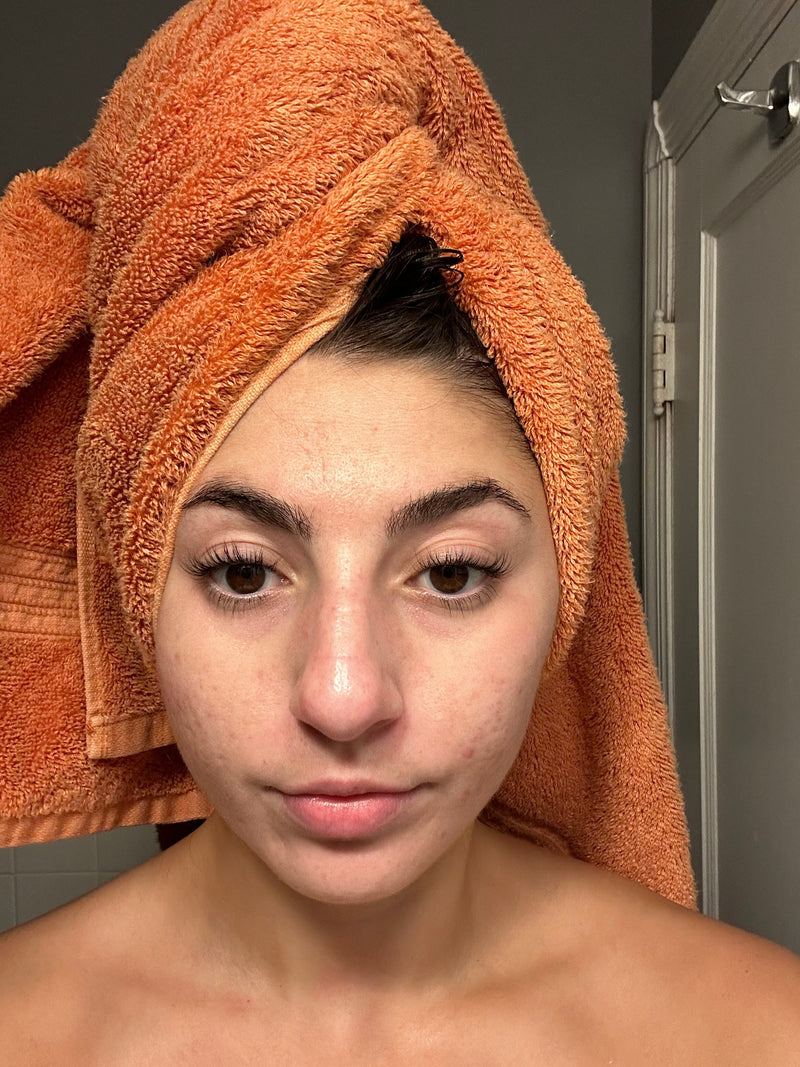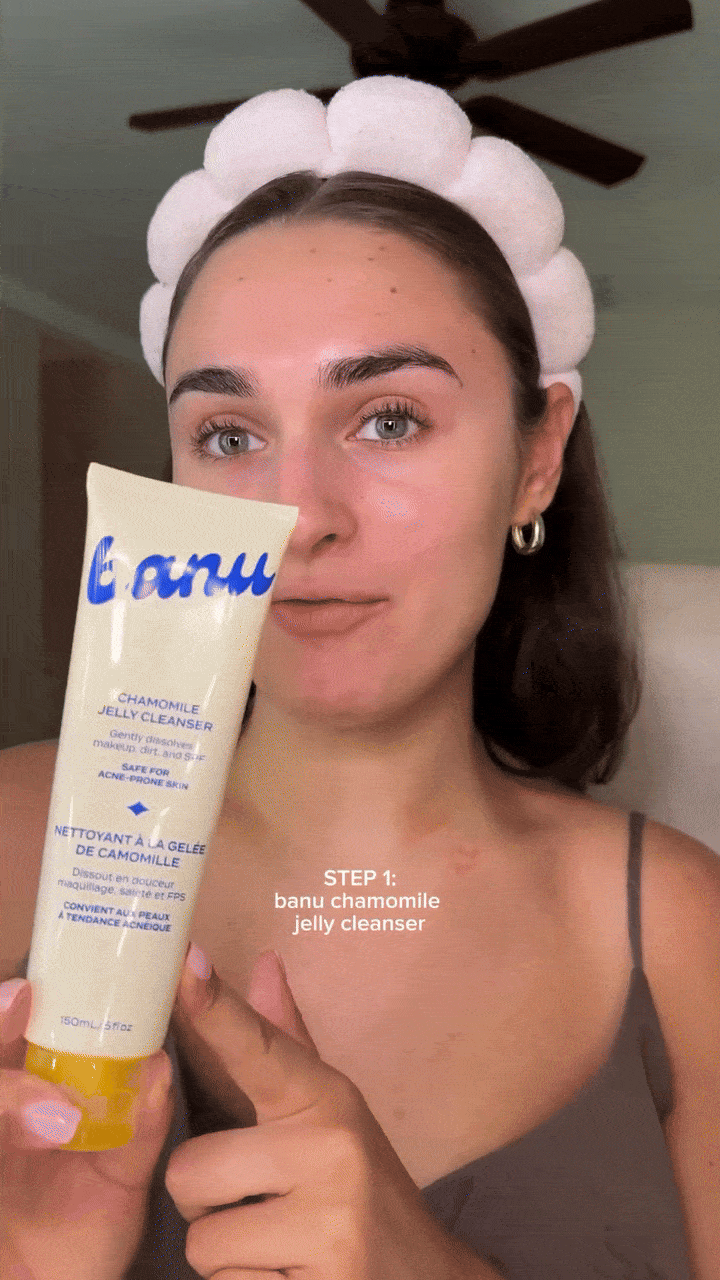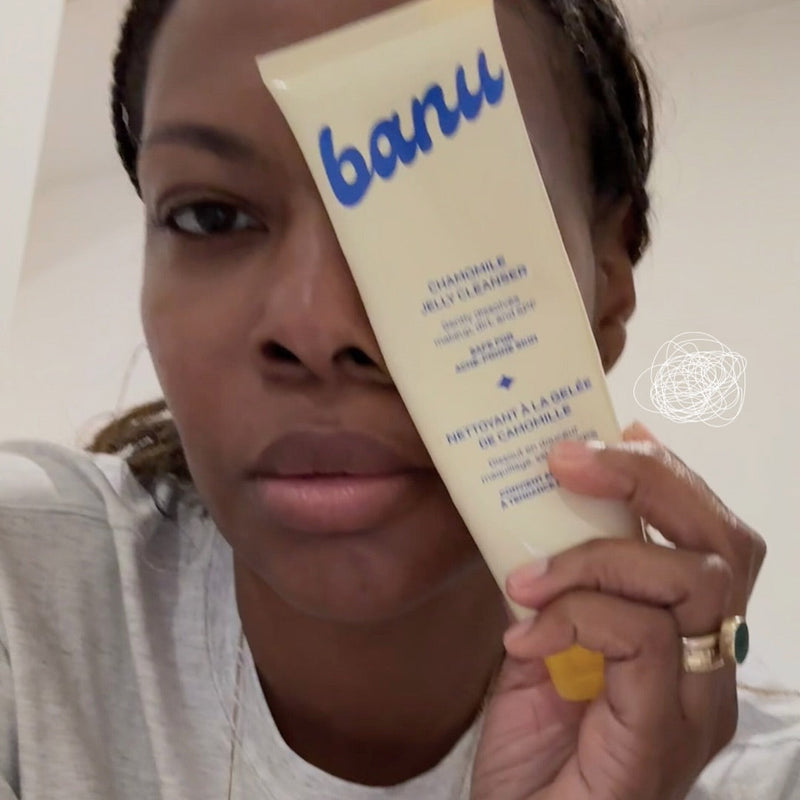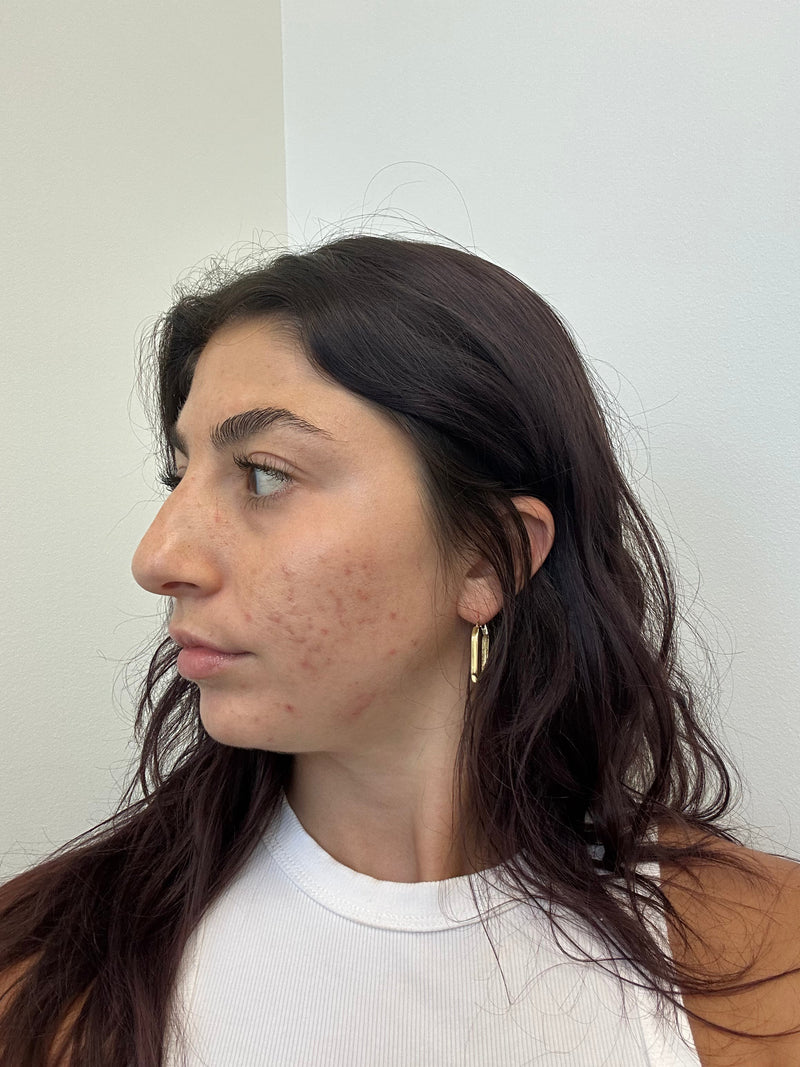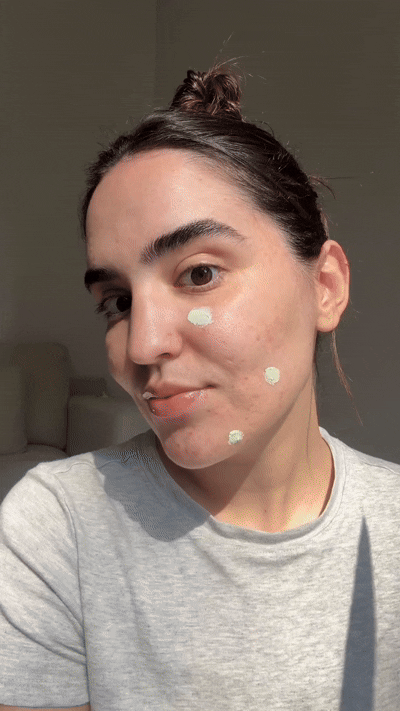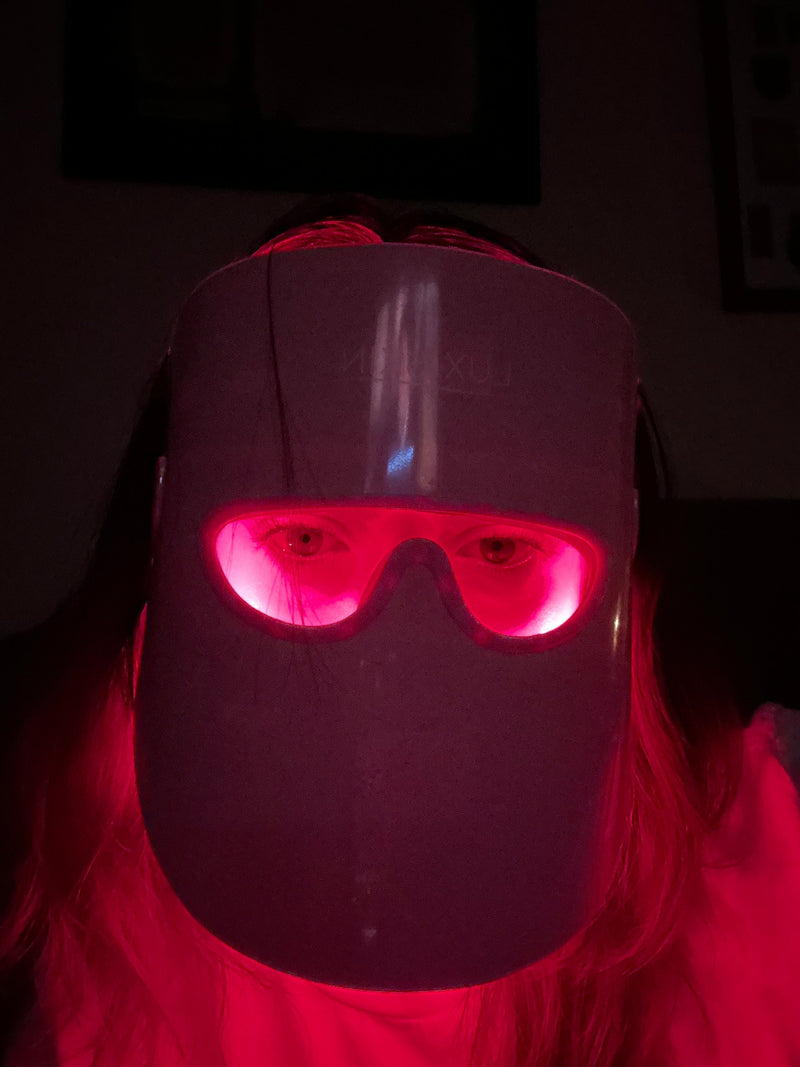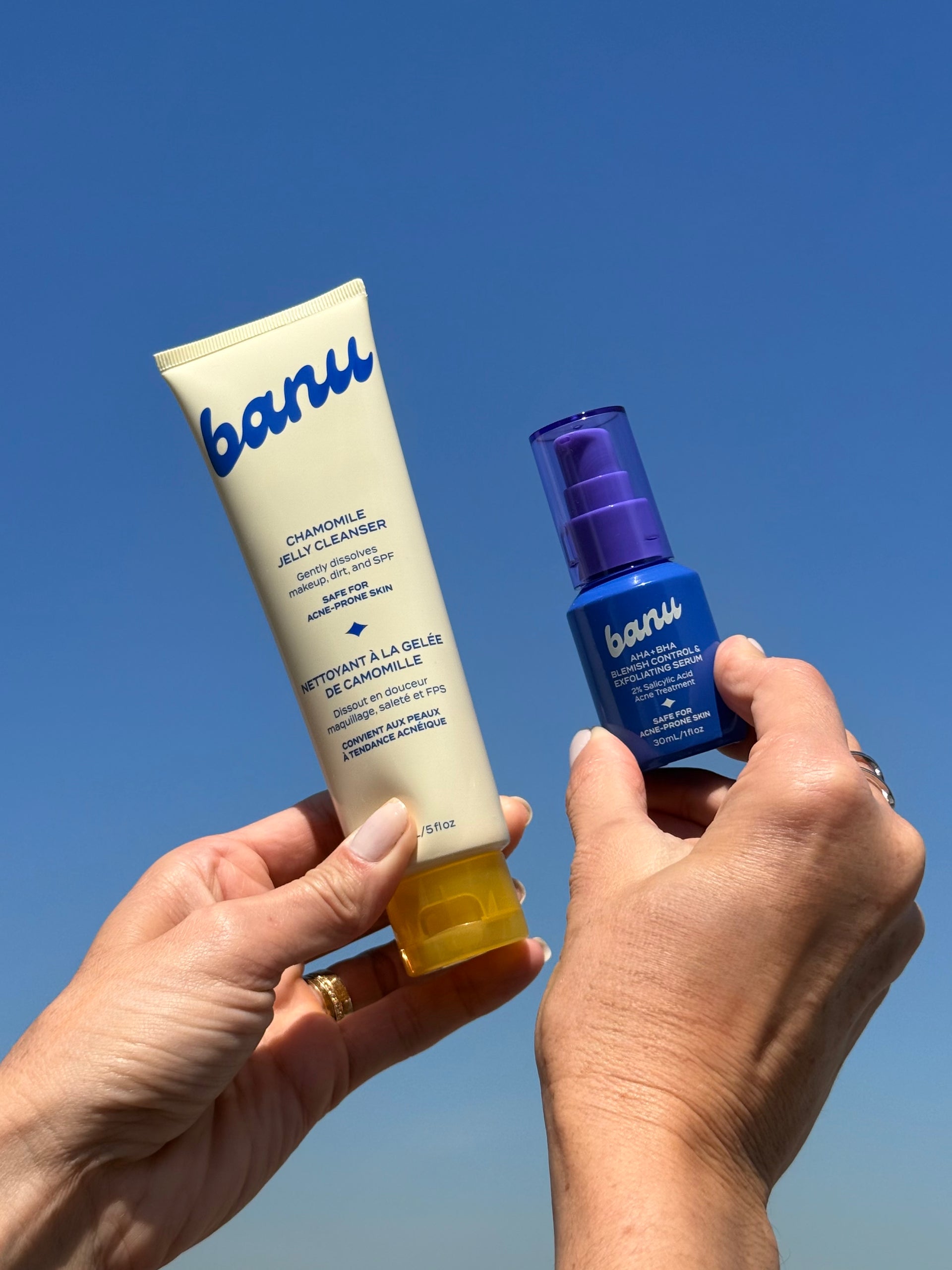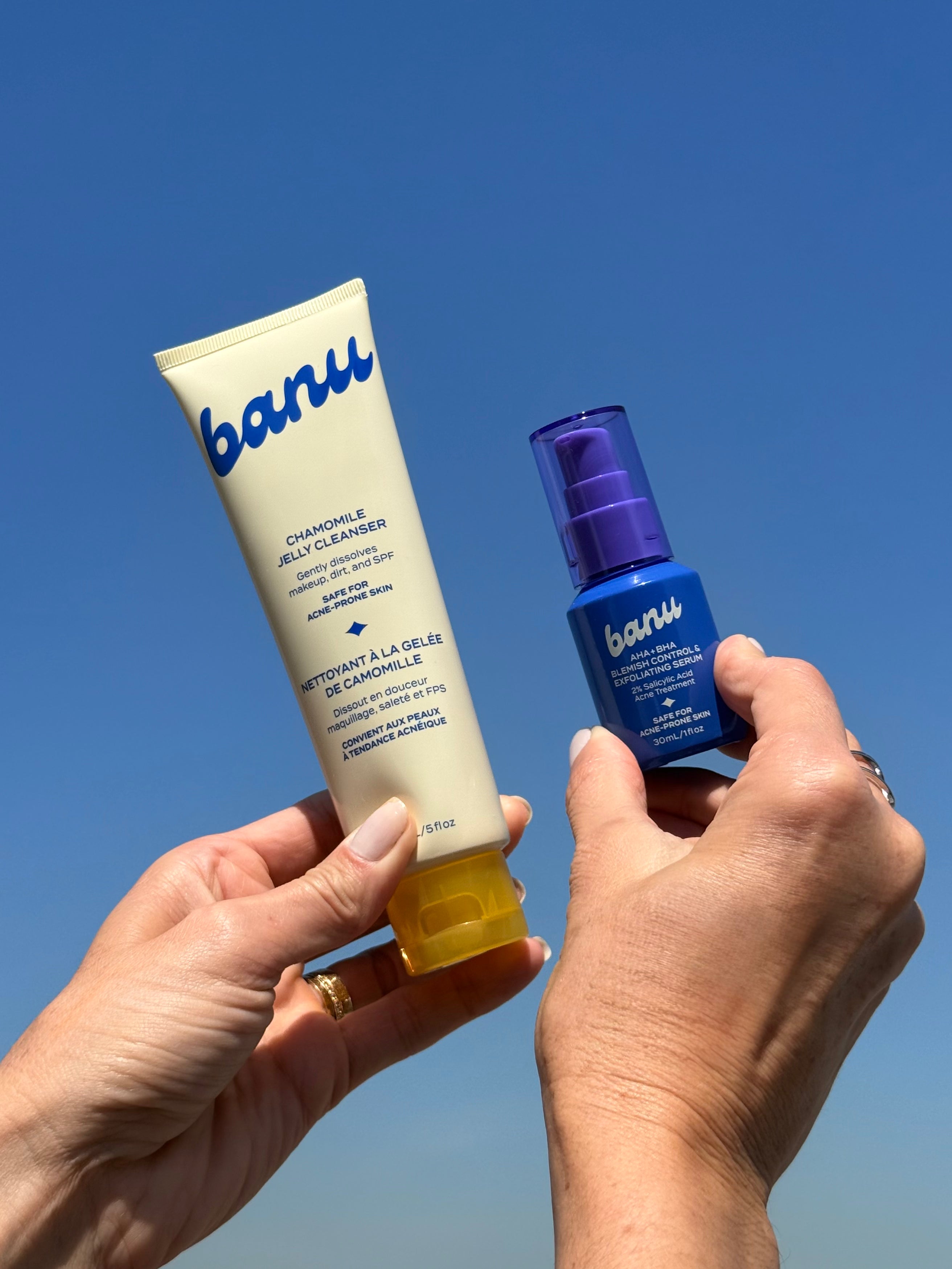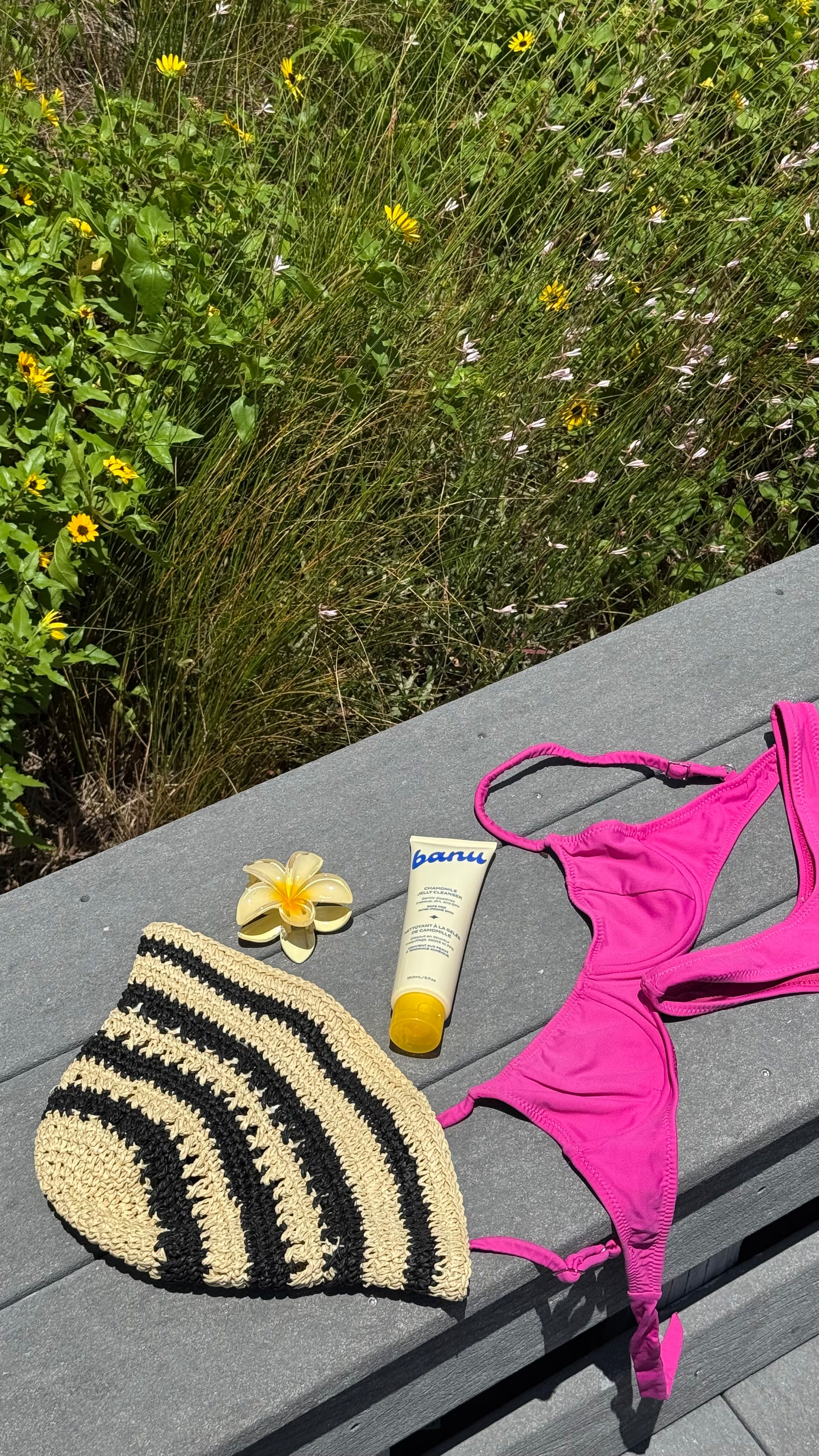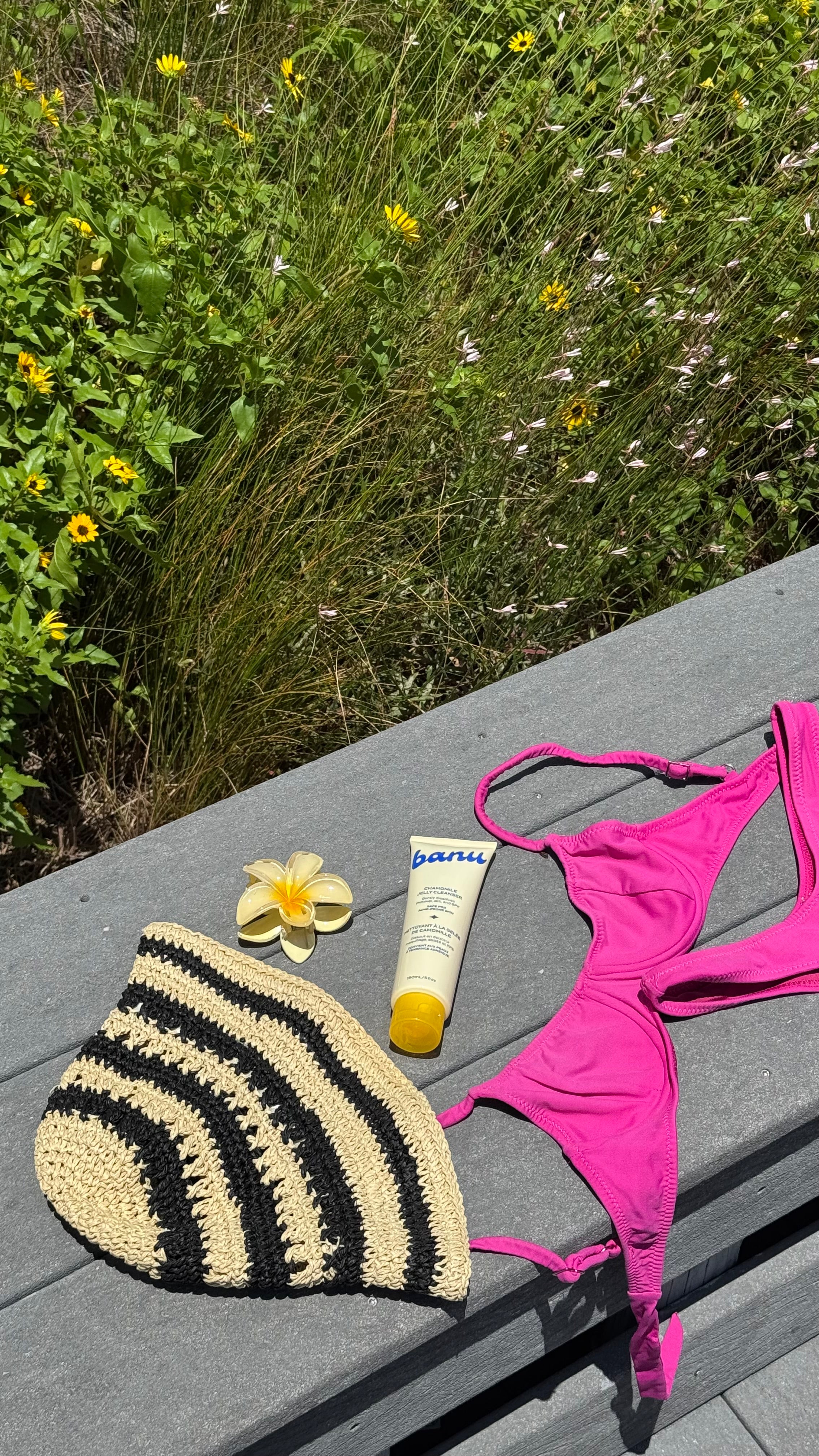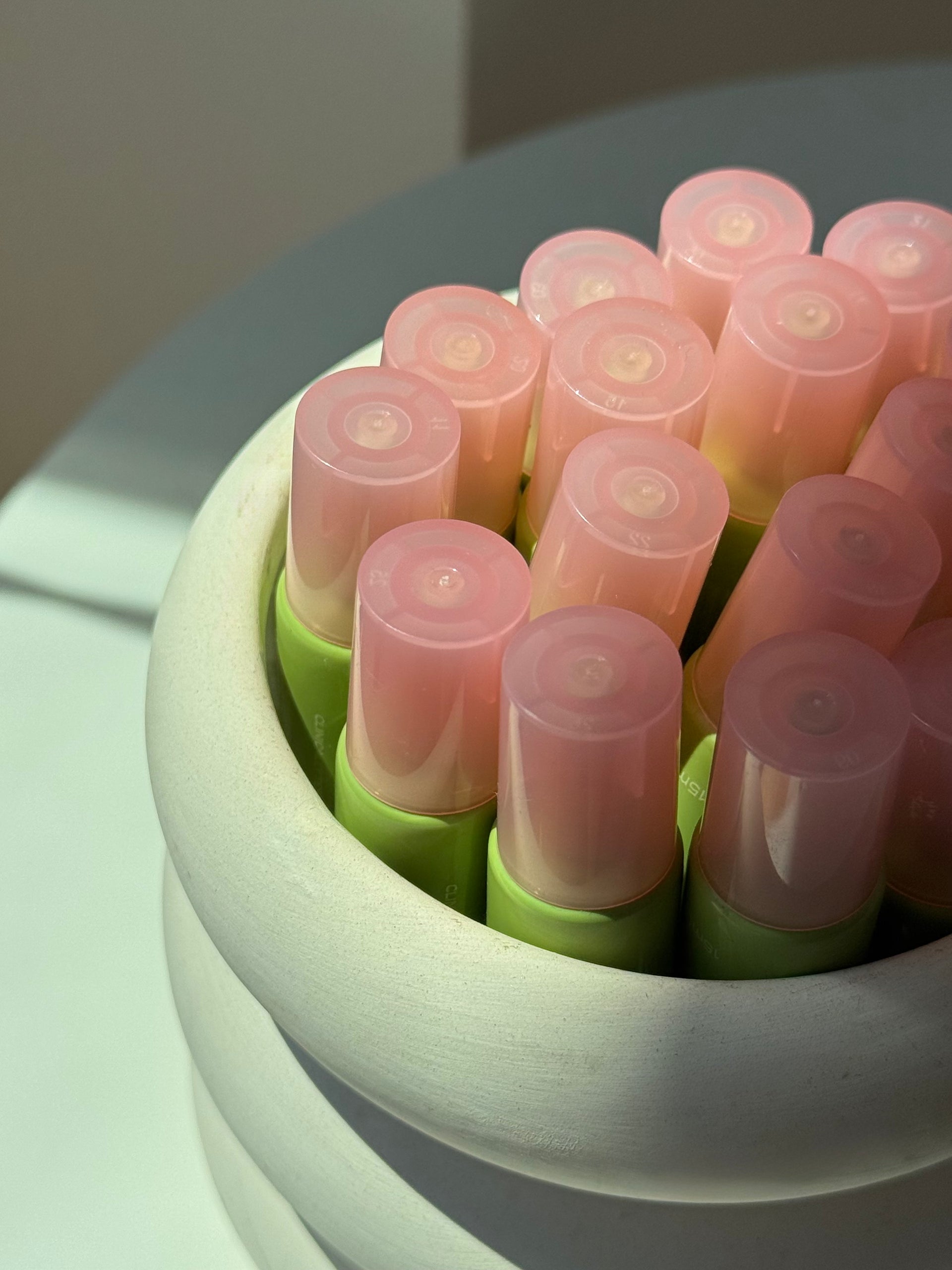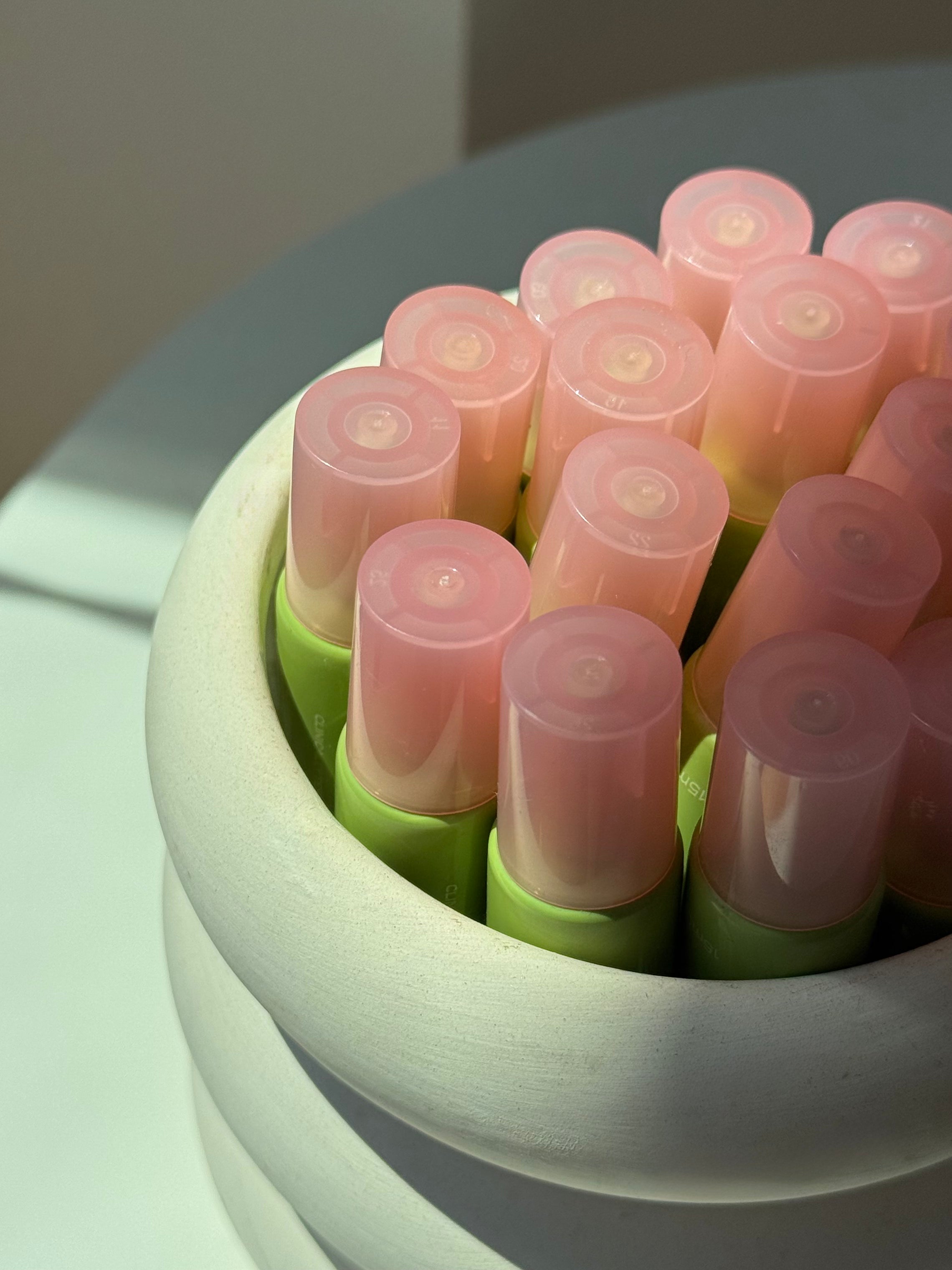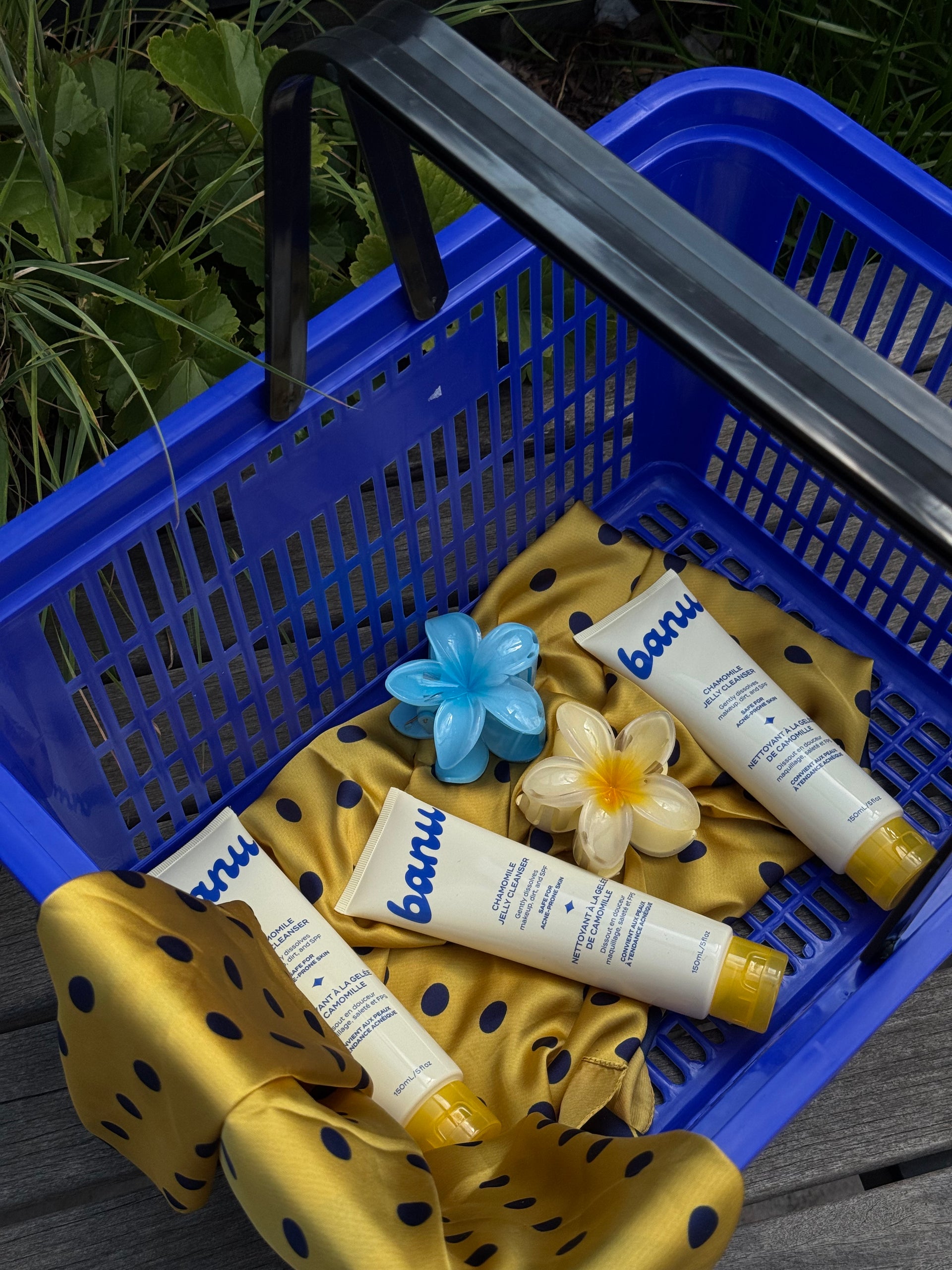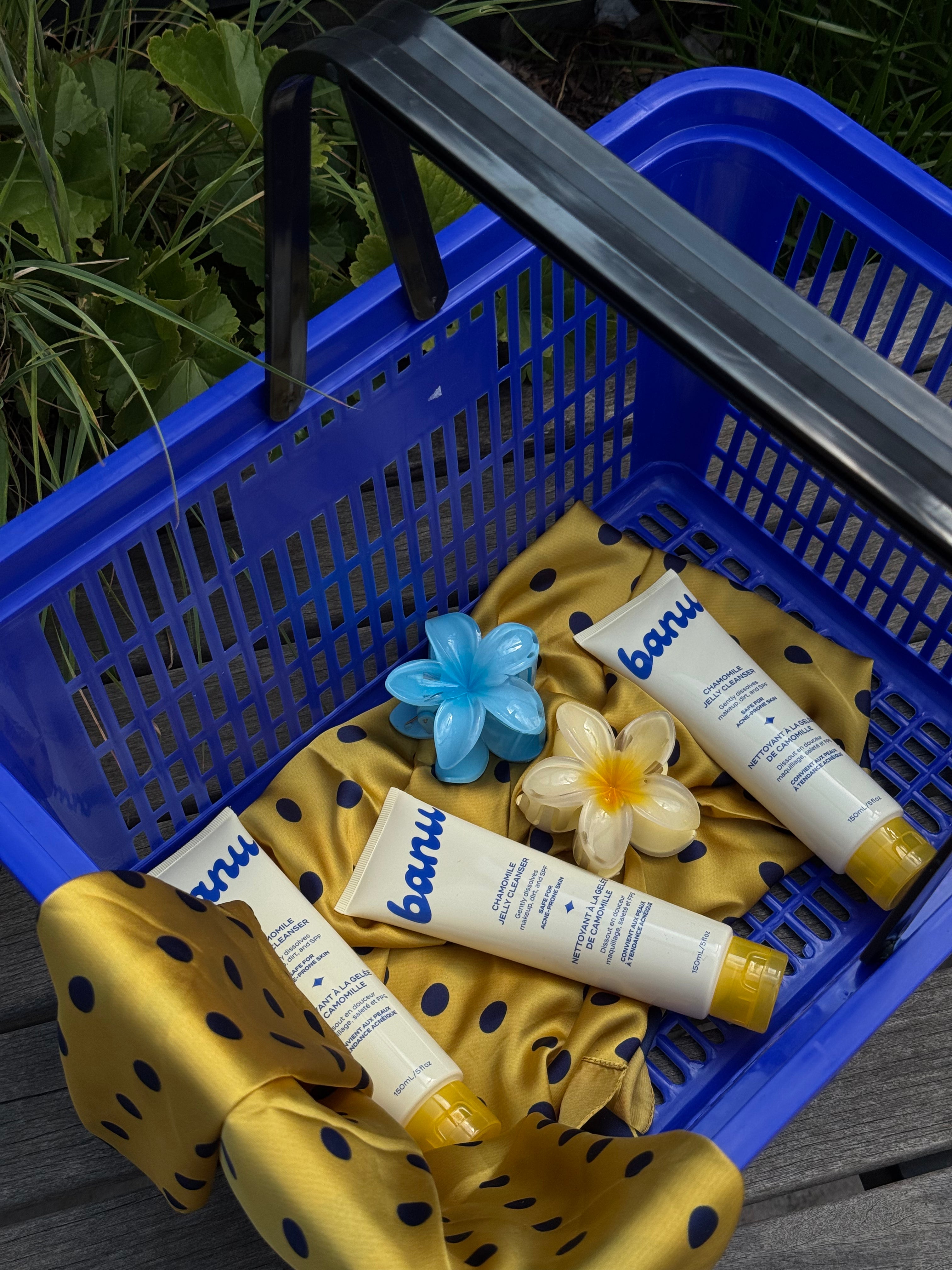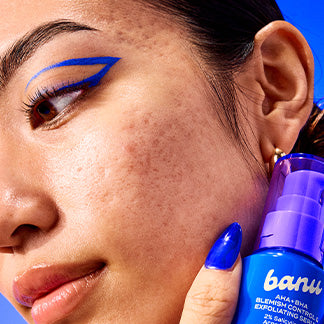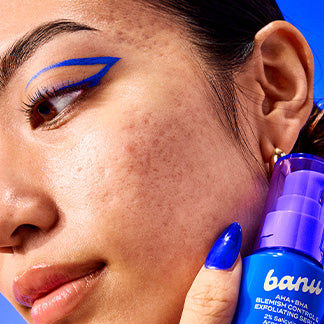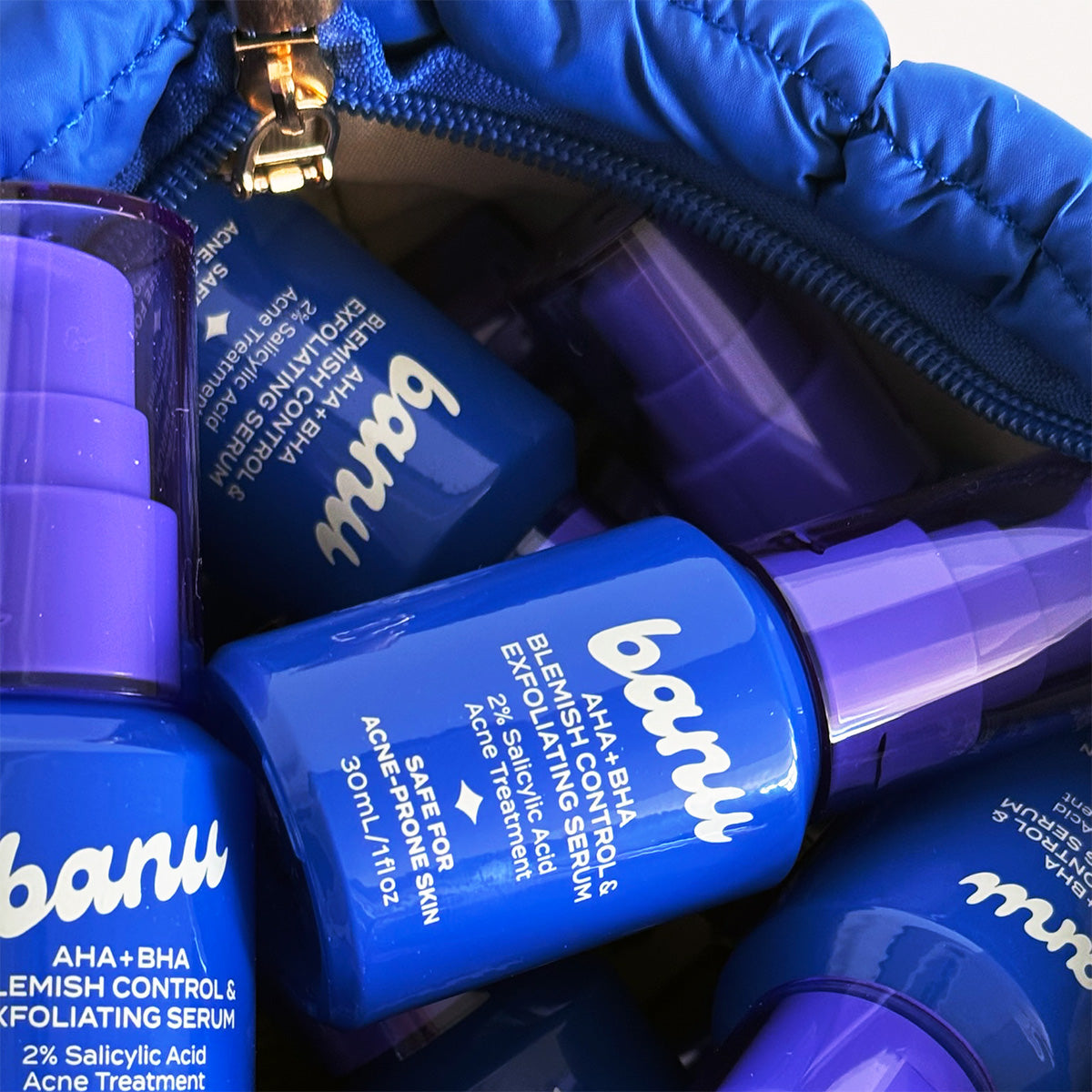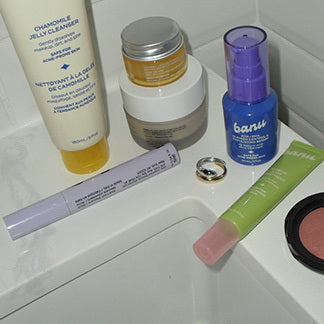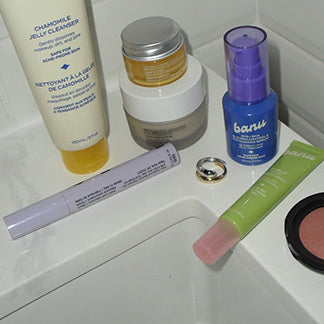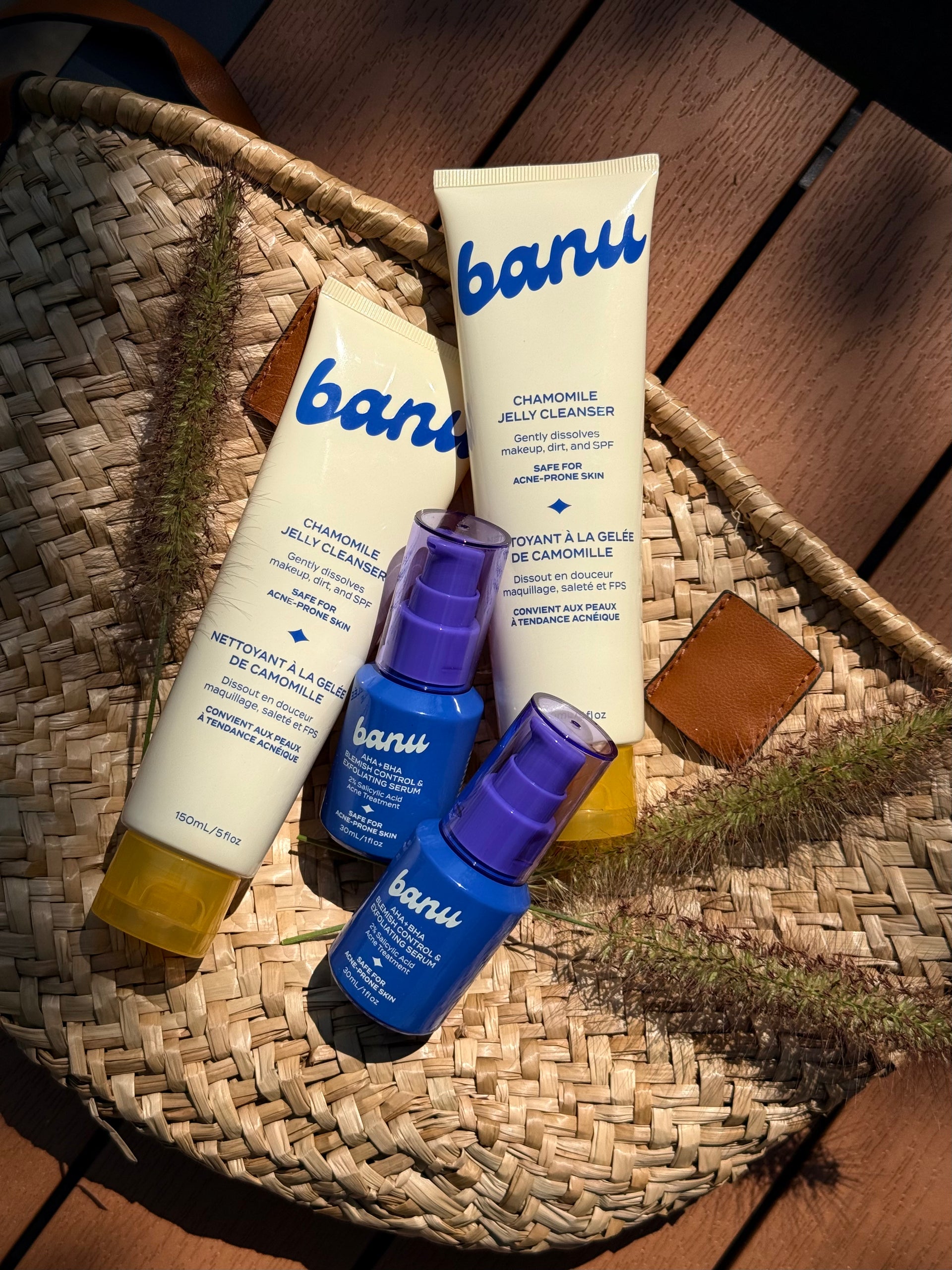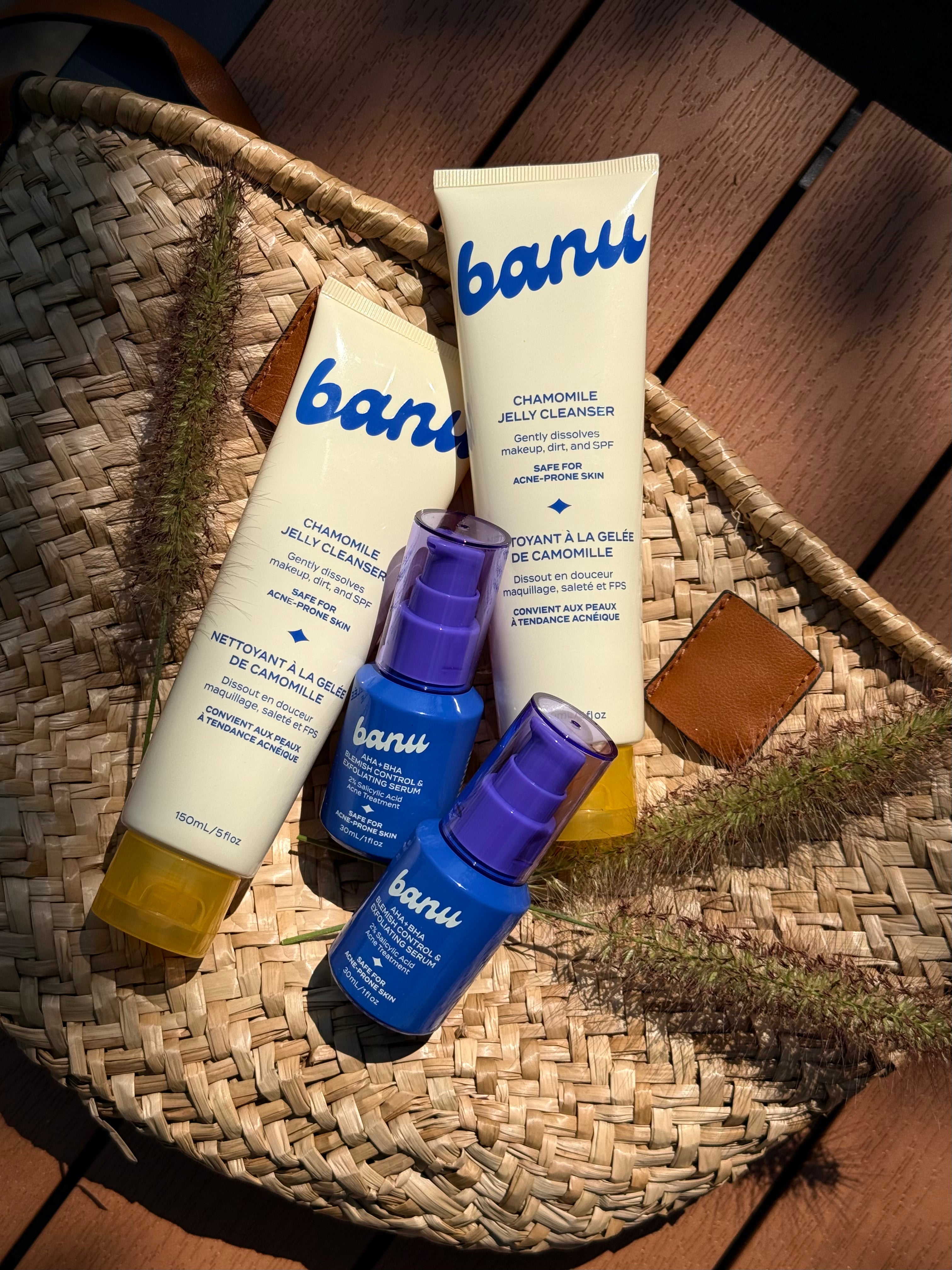Face Mapping: What The Location of Your Acne is Telling You
2 June, 2025

by Jenna Curcio
If you've ever wondered why it's always your chin, or your forehead, or those same two cheek spots — you're not alone. Face mapping can offer a bit of clarity.
Face mapping is an ancient skin-reading practice rooted in Traditional Chinese Medicine. It connects the location of your acne to what's going on internally. Is it exact science? No. But it can be a useful check-in tool when you're navigating your skin journey.
Let’s get into what face mapping can (and can’t) tell you—starting with the usual suspects: forehead acne, cheek acne, nose acne, and jawline acne.
Forehead Acne
Breakouts on the forehead or along the hairline can sometimes reflect digestion issues, stress, or buildup from hair products. Sweat and oils from hats or headbands don’t help either.
What you can do:
-
Double cleanse after workouts or long days. The Chamomile Jelly Cleanser is a solid go-to: gentle, non-stripping, and won’t mess with your barrier.
-
Watch your hair products. If you’re using anything oily or waxy, those could be clogging your pores.
-
Support digestion with fiber-rich foods, hydration, and SLEEP. Get some extra zzz’s in.
Cheek Acne
Cheek acne often shows up thanks to environmental triggers — think pollution, dirty phone screens, or even pillowcases that haven’t seen the wash in a while. Face mapping links cheeks to the lungs and circulation.
What helps:
-
Wipe down your phone daily. Change pillowcases 1-2x a week.
-
Add breathwork, a walk outside, or movement to your day—simple ways to support circulation.
-
Keep skin clean without overdoing it. This trio is a three-step base that covers cleanse, exfoliate, and spot-treat — without overcomplicating your routine.
Jawline + Chin Acne
Jawline acne and chin acne? Probably the most common. Often connected to hormone fluctuations (hi, cortisol), especially around your cycle. But it can also link back to digestion or irritating products near the mouth (toothpaste and lip balm, we’re looking at you).
Try this:
-
Take note if your breakouts align with your cycle.
-
Use calming, non-irritating products. The Blemish Control & Exfoliating Serum is great here—it gently exfoliates and clears without making things worse.
-
Cut down on dairy and processed foods to see if it helps with balance.
Nose Acne
The nose is part of your T-zone, where oil production is naturally higher — so clogged pores are common here. Plus, glasses or sunglasses sitting on your nose can cause friction and irritation.
How to manage:
-
Exfoliate gently to prevent buildup
-
Keep glasses clean and wipe down the nose pads
-
Use a clay mask once a week to deep clean pores (we loooove the Origins charcoal mask)
So, Is Face Mapping Legit?
Face mapping isn’t a replacement for medical advice or seeing a derm. But it can be helpful for spotting patterns and building more awareness around your acne triggers.
It’s about tuning in, not overanalyzing. If your jawline acne always flares at the same time each month, that’s a clue. If your cheek acne calms down when you start washing your pillowcase more often—noted.
Bottom Line:
Your skin is talking, face mapping is just one way to listen. Whether it’s forehead acne after a weekend of takeout or chin acne that shows up like clockwork, these patterns give you useful info — not a diagnosis, but a direction.
You don’t need to decode everything at once. Just pay attention. That alone is a breakthrough.
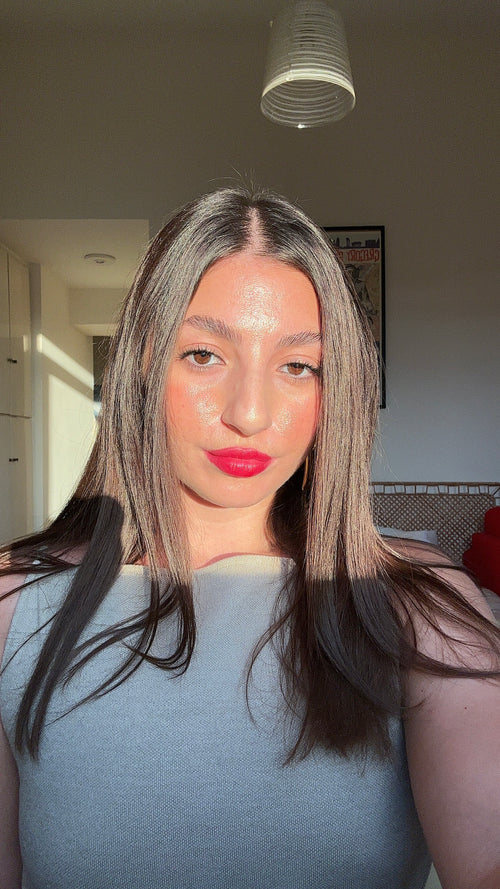
Author
Jenna Curcio
Ciao, I’m Jenna :) I’m a writer and brand strategist with 6+ years of experience telling stories in the beauty world — both professionally and personally. After years of dealing with acne, I know how overwhelming and emotional the skincare journey can be. I’m here to make it feel a little less confusing and a lot more human.
